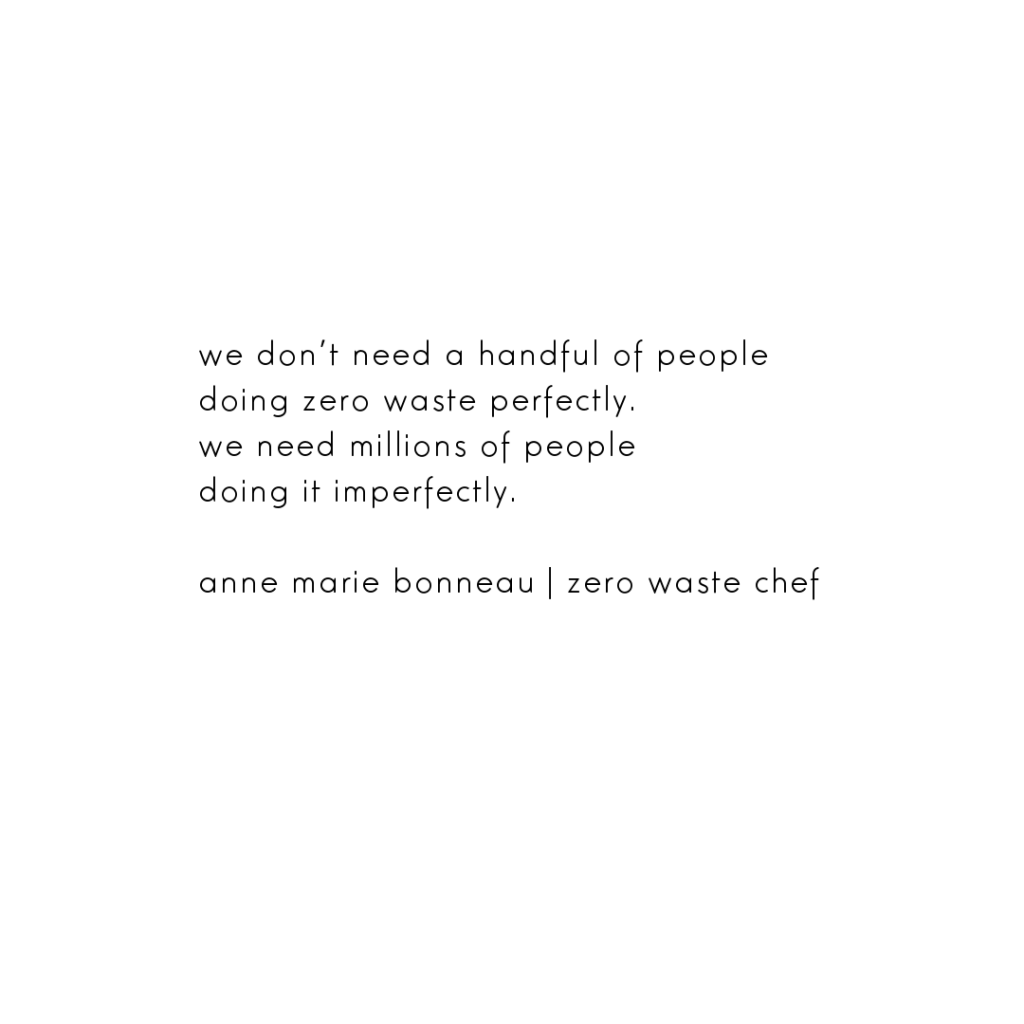Earth Day is every day
Originally published 18 April 2019
Earth Day is just around the corner. This day brings back vague but warm memories of elementary school tree-planting ceremonies and poster contests to promote recycling. If only this was enough. Watching the documentary The True Cost and being in the clothing industry has made us aware of how detrimental the fashion industry is to the environment. The statistics can be overwhelming, but here are just a few:
20% of freshwater pollution around the world comes from textile treatment and dyeing.[1]
In 2016 supply chain waste in the fashion industry was estimated to be over 800,000 tons. [1] This includes waste created in the preparation of materials to make yarns which are then woven into cloth as well as cutting room floor waste when fabric is cut to be sewn into garments.
10.5 million tons of clothing are thrown away in North America each year. [1] Considering that 40% of the clothes in our closets are seldom or never worn, this is a lot of waste. And when these are synthetic fabrics it will be a very long time before these garments decompose, if ever.

Image source: @fash_rev
We can all do better. As garment producers, and consumers ourselves, we want to do our part to minimize the damage we cause to our environment. While our north star is creating jobs where women who lack other opportunities can thrive, we believe environmental stewardship is also part of our civic and corporate responsibility. It is something we examine in every area of what we do, from carrying reusable shopping bags to the market for supply runs to the fabrics we source to the packaging materials we use.
We know we have a long way to go, but here are some initial steps we have taken to minimize our environmental impact:
We only use natural fabrics with Azo-free dyes. In addition to their cooling benefits, natural fabrics like cotton, linen, and silk are much faster, when eventually discarded, at decomposing than synthetic fabrics.
We source our swing tags from El Rhino, a local company that connects the conservation of endangered wildlife with the welfare of local communities. These tree-less tags are uniquely made from rhino and elephant dung as well as other forest waste.
We are in love with the custom handloom 100% cotton fabrics from Freeset used in our first collection. Knowing the effort and craftsmanship behind these fabrics, it pains us to throw away even the smallest scrap. We’ve decided to create other clothing items out of these pieces that would otherwise be thrown away. The first item in our remnant collection will be releasing soon!
These are small things we are doing in our first year of operations to minimize our environmental impact. We know there are further things that can be done.
For example, we are exploring options to create and source environmentally-friendly packaging using a locally available natural material. We had hoped to start with this packaging when we launched. However, no one has used this material to make the type of packaging we need before, so we are looking to apply an existing technology in a new way.
We are in a slow process of being enrolled in DHL’s GoGreen Carbon Neutral program so that the carbon footprint of each package we ship will be off set.
In future collections, we want to also work with silk and linen, which require less water to produce than cotton. And we are exploring sourcing options for organic cotton.

We know we are far from perfect, but our environmental impact is never far from our thoughts and we are intentional about identifying spaces in which we can change. We have goals and we are pressing toward them. We hope this post will inspire you to identify ways environmental stewardship can be incorporated into your daily life.
[1] All statistics from Loved Clothes Last, Fashion Revolution Issue #2
